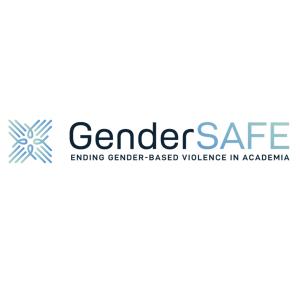 \
&
Contact us
\
&
Contact us
 \
&
Contact us
\
&
Contact us
This country provides co-funding modalities for its national organisations wishing to participate in Horizon Europe projects. For actions of the European Research Council (ERC), there are "Implementing Arrangements". You can find more details in this document.
Most Horizon Europe calls are open to participants from non-EU countries, also called Third Countries. If they are not automatically eligible for funding, they can still get funding in certain circumstances.
If a third country is allowed to participate but is not eligible for Horizon funding, then the organisations can still participate with own funding, and be included in the project as Associated partners.
Specific third countries can also be excluded from participation to the programme or to a part of the programme and/or to specific call topics mainly in order to safeguard the EU’s strategic assets, interests, autonomy or security.
A third country can participate as an associated partner with own funding. Associated partners have the following characteristics:
Third countries can get exceptionally funding if
Be aware that some third countries have created co-funding mechanisms which provide funding for the participants from their country in a successful submitted Horizon Europe proposal. In this document you will find an overview of the complementary funding of some third countries. The organisations of these countries participate as Associated Partners with own funding.
All details regarding country eligibility is compiled in the infosheet “International cooperation".

GenderSAFE, funded by Horizon Europe under call topic HORIZON-WIDERA-2023-ERA-01-09, is a project that advances efforts to implement a zero-tolerance approach to gender-based violence in higher education and research in the European Research Area. This overall objective will be achieved through a five-fold strategy. The project exists of a European-wide consortium of six partners. Read more about the GenderSAFE’s five-fold strategy, the role of the Belgian partner Yellow Window and the latest outputs of the project in this testimonial.